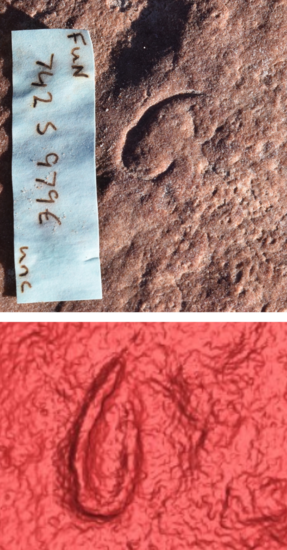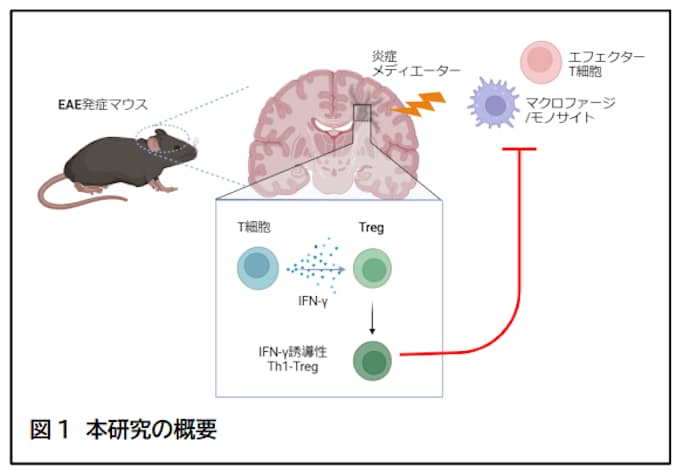2024-11-18 カリフォルニア大学リバーサイド校(UCR)

Top: Uncus fossil from Nilpena Ediacara National Park. The numbers correspond to the coordinates of this fossil on the fossil bed surface. Bottom: 3D laser scans enable the researchers to study the fossils’ shape and curvature. (Droser Lab/UCR)
<関連情報>
- https://news.ucr.edu/articles/2024/11/18/tiny-worm-makes-big-evolutionary-discovery
- https://www.cell.com/current-biology/abstract/S0960-9822(24)01384-8
南オーストラリアに生息する、エディアカランに生息する双生類 An Ediacaran bilaterian with an ecdysozoan affinity from South Australia
Ian V. Hughes∙ Scott D. Evans∙ Mary L. Droser
Current Biology Published:November 18, 2024
DOI:https://doi.org/10.1016/j.cub.2024.10.030
Highlights
- A new, motile bilaterian is described from the Ediacaran of South Australia
- Features including morphology and movement suggest an ecdysozoan affinity
- This discovery firmly places ecdysozoans in the Precambrian
Summary
Molecular clocks and Cambrian-derived metazoans strongly suggest a Neoproterozoic origin of many animal clades.1,2,3,4 However, fossil bilaterians are rare in the Ediacaran, and no definitive ecdysozoan body fossils are known from the Precambrian. Notably, the base of the Cambrian is characterized by an abundance of trace fossils attributed to priapulid worms,5,6 suggesting that major divisions among ecdysozoan groups occurred prior to this time. This is supported by ichnofossils from the latest Ediacaran or early Cambrian left by a plausible nematoid,7,8,9 although definitively attributing this inferred behavior to crown-Nematoida remains contentious in the absence of body fossils.10 Given the high probability of the evolution of Ecdysozoa in the Proterozoic, the otherwise prolific fossil record of the Ecdysozoa, and the identification of more than 100 distinct Ediacaran genera, it is striking that no Ediacaran body fossils have been confidently assigned to this group. Here, we describe Uncus dzaugisi gen. et. sp. nov. from the Ediacara Member (South Australia), a smooth, vermiform organism with distinct curvature and anterior-posterior differentiation. The depth of relief of Uncus is unique among Ediacara fossils and consistent with a rigid outer cuticle. Ecological relationships and associated trace fossils demonstrate that Uncus was motile. Body morphology and the inferred style of movement are consistent with Nematoida, providing strong evidence for at least an ecdysozoan affinity. This validates the Precambrian origin of Ecdysozoa, reconciling a major gap between predicted patterns of animal evolution and the fossil record.4


